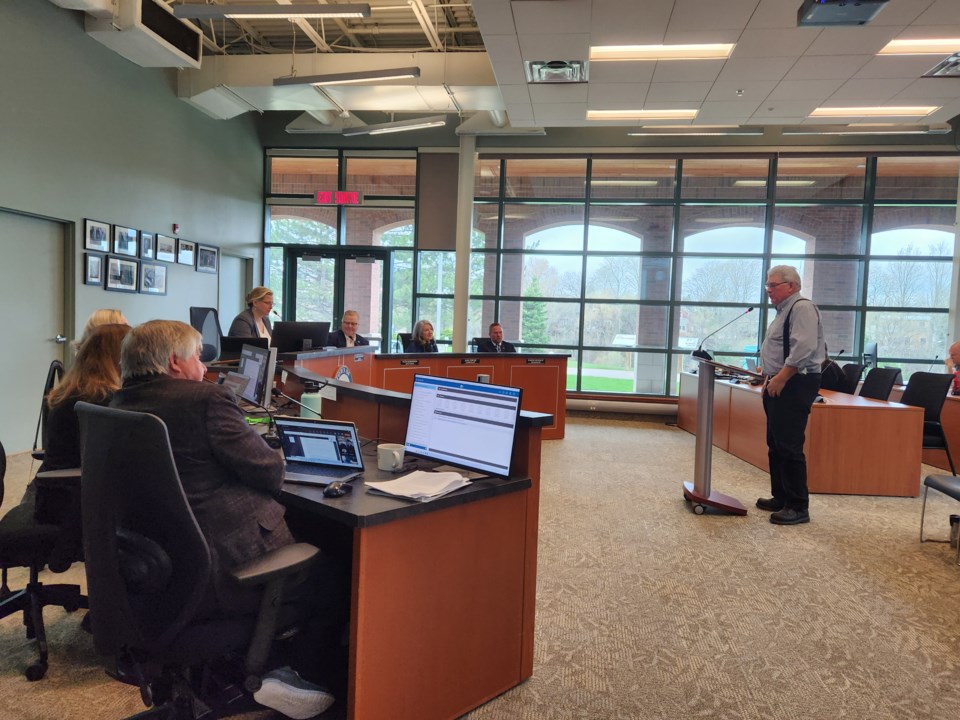The Blue Mountains council isn’t quite ready to tear down its links to the Line Fences Act.
At its meeting on April 24, council voted 7-0 in favour of getting further information from staff about the Line Fences Act. The decision came after council had voted at its committee of the whole meeting on April 3 to abandon usage of the Act in favour of allowing the courts to settle any fencing disputes between neighbours.
Prior to the decision, council received a delegation from former town deputy mayor and Grey County warden Duncan McKinlay on the matter. McKinlay urged council to continue to use the act to settle fencing disputes in the rural areas of the municipality.
McKinlay, who has served as a fence viewer in the past, said the Line Fences Act is a simple, straightforward, quick and efficient way to settle disputes between neighbours should any arise.
McKinlay said he is concerned the court system is an expensive and time-consuming process and would like to see the town continue to use the act in the rural/agricultural areas of the municipality, noting that it might be difficult to reinstate the act if it is abandoned.
“This tool would likely be very difficult to bring back,” said McKinlay.
McKinlay’s point of view found support from members of council.
“It hasn’t been used in a few years,” Coun. Gail Ardiel said of the act. “When we did, it was very effective and it helped the farming community.”
Deputy Mayor Peter Bordignon asked town staff to report back on the logistics of keeping the act in effect for the rural areas of the town, while ceasing to use it in the more urban settings.
“That’s a sound and reasonable compromise,” said Bordignon.
Clerk Corrina Giles said she would do some more research and would also consider the practices of other municipalities and bring a report back with more information and options for council’s consideration in the near future.
Giles did note that in the past 15 years in the town, there had been one fence viewing in the rural area of the municipality.
“There are very, very few,” she said.
Coun. June Porter said the town should also review its fence bylaw before making a final decision.
“The fence bylaw has not kept up with the time,” she said.
Coun. Paula Hope asked McKinlay his position on the town delegating the fence viewing responsibilities to its committee of the whole. In response, McKinlay said the council is free to appoint whomever it would like to take on the job.
Coun. Shawn McKinlay (the nephew of Duncan McKinlay) said before a final decision is made it should be reviewed by the town’s agricultural advisory committee.
“It’s right in their purview. It should come through them first,” he said.
The Line Fences Act is one of the oldest pieces of legislation in Ontario, predating Confederation, as it was first implemented in 1834. The act helps adjudicate disputes between neighbours over the location of fences between two properties.
Under the act, the municipality appoints fence viewers who are responsible for assisting with the settling of disputes between neighbours over the placement of fences, at the request of one of the property owners. The fences in question would have to be placed directly on the property line and the property line cannot be in dispute.


